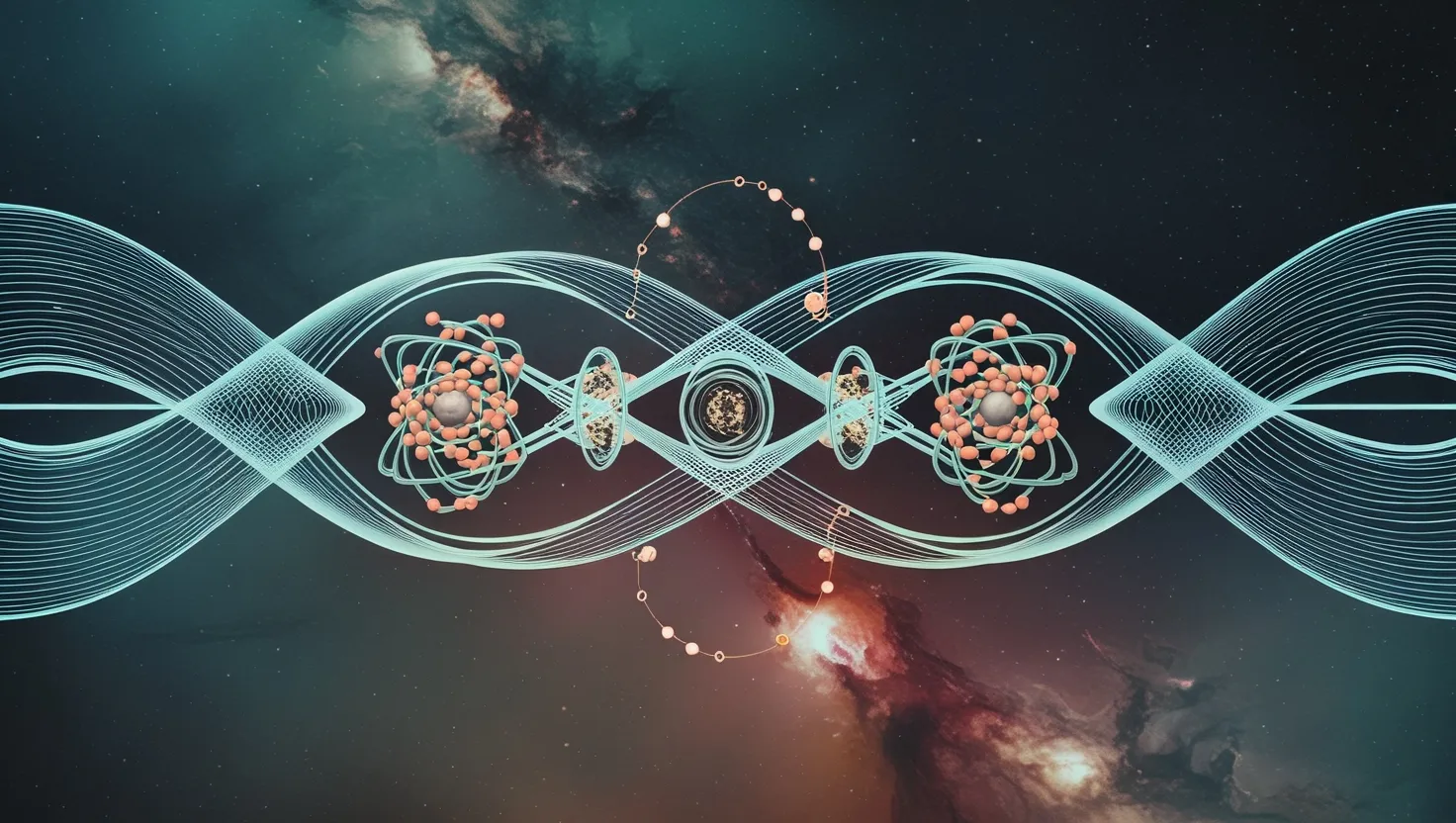Hi, I’m Nigel, and welcome to “Nigel Goes to Space.” Today, I’ve got a mind-boggling true or false question for you. Is it true that over 60,000 jellyfish once orbited the Earth? It sounds offbeat, but it’s true! Back in the 1990s, NASA launched a space mission with jellyfish on board, and thousands of them reproduced in space.
Animals have always paved the way for humanity’s ventures into space. The first mammal to go into space was a monkey named Albert II in 1949. Unfortunately, while Albert II made it to space, he didn’t survive the return trip. While the Americans were experimenting with monkeys, the Russians chose dogs for their missions, finding them generally more manageable.
The Russians sent a little stray dog named Laika into space in 1957 on Sputnik 2. Sadly, Laika’s mission was a one-way trip, and she only survived for two days due to overheating. However, other Russian dogs had better luck. Belka and Strelka, for instance, went into space and returned safely. Strelka even had puppies afterward, and one was gifted to American President John F. Kennedy.
Not to be outdone, cats also had their moments in space. In 1963, a French cat named Felicette made a brief journey into space. Unfortunately, scientists dissected her afterward to study the effects of weightlessness.
Monkeys continued to be a focus of American space experiments. In 1961, NASA sent a chimpanzee into space to operate controls during his flight, proving that mental faculties remained sharp in zero gravity. The chimp’s successful mission helped establish that humans could also respond to commands effectively while in space.
Before humans ventured around the Moon, a pair of Russian tortoises took that trip on a mission called Zond 5. They circled the Moon and returned safely, marking a significant milestone in the space race.
A variety of other animals have also been sent into space, including scorpions, cockroaches, guinea pigs, rabbits, frogs, and even spiders. Among them, spiders named Arabella and Anita were sent to spin webs in zero gravity, successfully creating near-perfect webs despite the lack of gravity.
But let’s get back to those jellyfish. NASA sent thousands of them into space in plastic bags of warm water. The experiment aimed to understand how jellyfish orient themselves without gravity. Remarkably, the jellyfish reproduced, resulting in over 60,000 baby jellyfish. When these baby jellyfish returned to Earth, they struggled to orient themselves, hinting at future challenges humans might face if born in space.
So many incredible stories have unfolded with animals in space. If you’d like to hear more or have your own favorite space animal stories, leave a comment or ask any question about space or astronomy.






